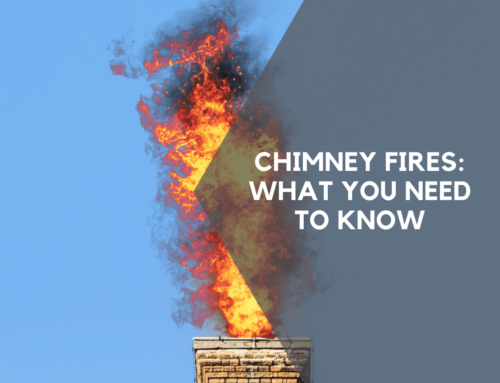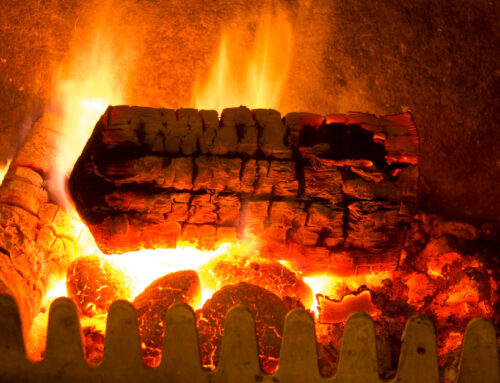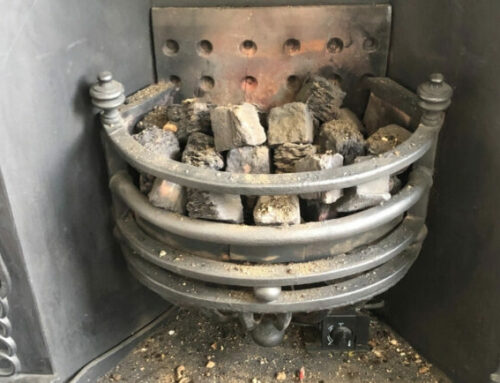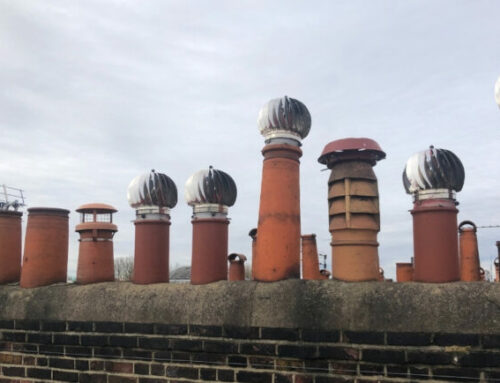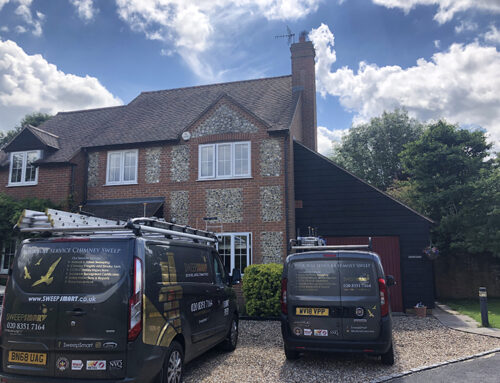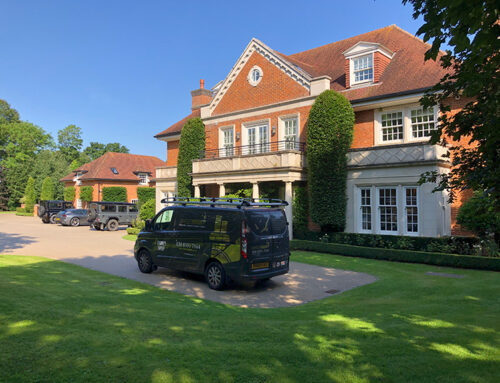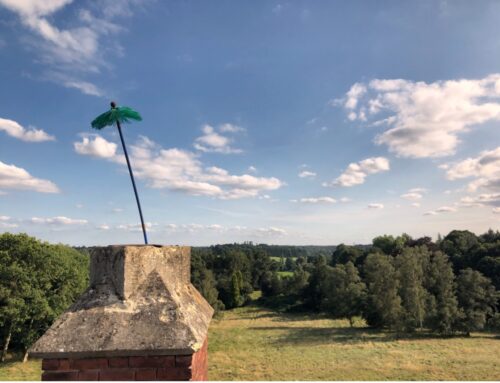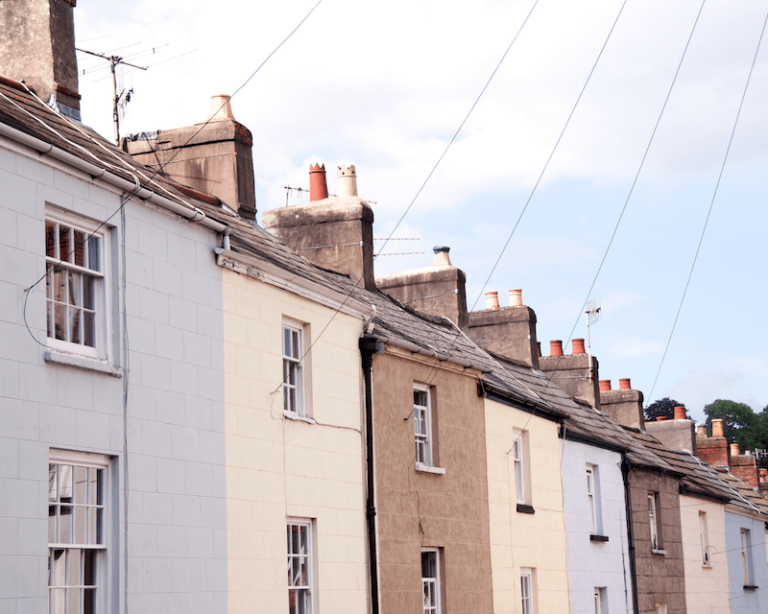
Imagine spending forever renovating a property only to find that a party wall agreement ruins your plans.
If a surveyor is appointed, they might refer to this as a ‘party wall award’, which is essentially the same thing. It’s a legal agreement between yourself and your neighbours that governs any structural work you might want to undertake that could affect a shared boundary, wall, or outbuilding.
As you’d guess, chimneys are a common challenge with party wall agreements.
Doesn’t sound like much of a party, does it? So, let’s get into the details.
Do party wall agreements affect chimneys?
Yes, they can. This is often because, even though party wall agreements play a significant role during property renovations, the chimney is often overlooked.
There’s a reason for this. The inside of the flue isn’t particularly easy to inspect unless you know what you’re doing. So, invariably, it gets left and becomes an issue when party wall agreements come into effect.
For instance, if your chimney rests against a party wall, at least one wall of the flue will be shared and might even overlap. If you look at the stack above, each neighbour’s flue will be on their own side of the party wall, but one wall of the flue is shared.
From the outside, it looks like both properties have their own chimney breast, but it’s common for the flues to overlap (usually in the loft space), and the chimney breasts are probably shared. This is why chimney inspections are a vital part of any party wall agreement – or at least they should be!
Whose responsibility is it to repair a chimney on a party wall?
This is, clearly, the main question you’ll be asking yourself if you’re in this position with your own chimney.
The first thing to do is to ensure you have a detailed condition report about your flue, which is something you can gain from a qualified chimney sweep. The reason for this is simple: that report will confirm the state of the chimney before any structural work takes place, and that means if there are any changes to its condition afterwards, the liability can be more easily determined.
For instance, if a flue is breached during renovation work (common examples include plasterboard or RSJs creeping through), but no prior inspection report was commissioned, it’s very difficult to determine the cause of the damage.
What if I want to remove my chimney?
So, the next question on your mind might be: do I need a party wall agreement to remove a chimney?
Good question!
The answer is a resounding ‘yes’. Removing any chimney requires significant structural work, and if the chimney stack is shared between two properties, you’ll need permission granting from your neighbours before getting to work.
If the chimney stack resides on a party wall, the same thing goes – you’ll need a party wall agreement.
Just bear in mind that if any remedial work is required, each property owner will be responsible for whatever part of the chimney resides within their cartilage. Also, if the stack needs to be rebuilt entirely, you’ll more than likely have to share the cost because you simply can’t just rebuild half of it.
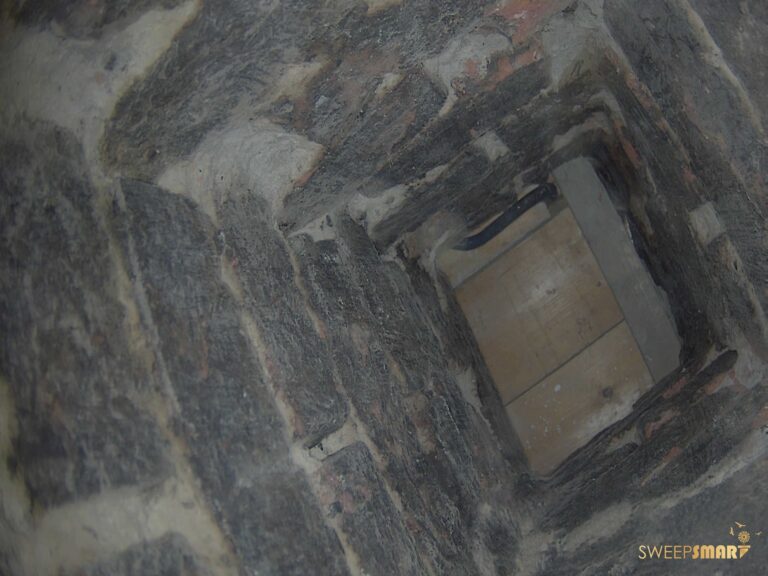
A Neighbour built across the chimney
Can a chimney be a party wall?
If your chimney resides on a party wall, then the party wall act applies. So, in essence – yes, it can.
This is nearly always the case because one side of the flue will usually rest on a party wall. Sometimes, the chimney may even overlap and share space in the loft with neighbouring properties.
As always, the key to this is cooperation on both sides, but if you have any more questions about party wall agreements and their relation to your chimney, just get in touch with the SweepSmart team.


